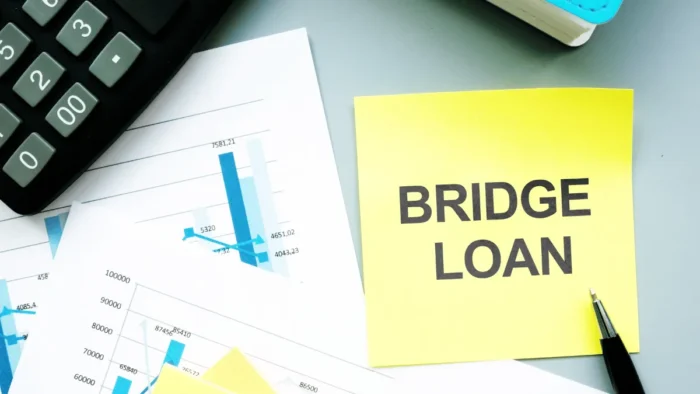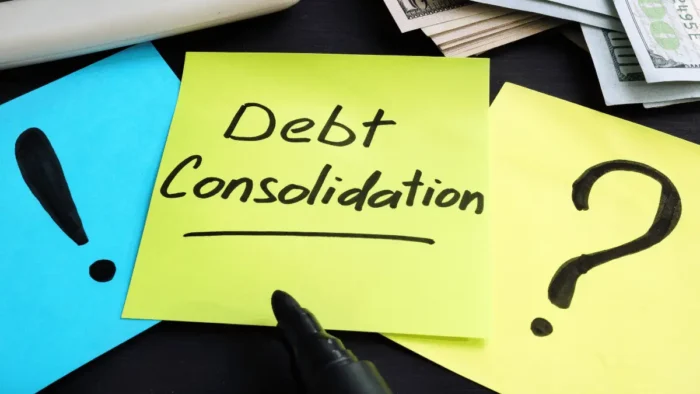A reverse mortgage is essentially a loan where homeowners who are 60 years old and above can take regular payments from a lender. This is where they already own a considerable portion of their property after paying the mortgage for years.
They can receive cash in fixed monthly payments, a line of credit, or a lump sum. This differs from a forward mortgage generally used in the home buying process. The homeowners are not generally required to make payments in this new loan.
What they do is pay the balance when the time comes that they move out permanently, sell the property, or if they die. If you’re interested in applying for a reverse mortgage, you can visit the SmartFi website at https://www.smartfihomeloans.com/ and learn more about the value of your property. The regulations generally require financiers to make sure that the transaction does not exceed the overall home value. Even if there’s excess or the value of the home drops due to a recession, the borrower won’t still be held responsible for the payments. If they live longer, then there’s always the mortgage insurance of the program that will cover these expenses on their behalf.
Getting Cash
Seniors who need medical care, prescription medicines, and other daily needs may need cash as they age. Generally, their assets or net worth primarily comprise their home equity. This is where they have the home market’s value subtracted by any outstanding balance they have in the home loan.
However, these are loans that may be too complicated and expensive. Not to mention that some of them are scams. It’s important to protect yourself and recognize the red flags so you can decide whether this loan is right for you.
The home is a large source of income or wealth as individuals age. However, the equity will be considered wealth if you borrow against it or sell it at a higher price. This is where you might be interested to know about reverse mortgages made for retirees with few assets and limited income streams. On the flip side, this is also for older people who want to reduce their longevity or sequence risk. See more about sequence risk on this site here.
How this Works
With the reverse mortgage, the lenders will make payments to the house owner every month, or they can send the money in the form of a lump sum. The method of receiving the cash is completely up to the homeowner, while only the interest of the proceeds will require payment. The interest will serve as an addition to the current mortgage balance, and the individual does not pay anything upfront.
It’s worth noting that the home’s title will still be kept under the homeowner’s name. However, as time goes by, the equity or ownership in the house will decrease as the debt increases. The home will be collateral with the reverse mortgage, which is the same as when you buy a new home.
After the death of the homeowners or if they move out of the property, the sale will be used to pay for the loan’s interest, principal, insurance, and other costs. Any sale proceeds beyond the loan amount shall go to the homeowner if they are still alive or to the estate if they have already died. Some situations may require the heirs to handle these kinds of transactions, or they might choose to pay off the remainder of the house loan so they can stay in the property indefinitely.
The proceeds of the reverse mortgage are not subject to taxes. Even if it means an income to the homeowner, the IRS generally looks at the funds as some form of a loan advance.
Home Equity Conversion Mortgage
The HECM is generally one of the most common mortgages many lenders offer. It conforms to the loan limit that’s set by the Federal Housing Agency, and this is the type that many homeowners have a huge chance of getting. Also, this is only available from FHA-accredited financial institutions.
If the house is worth more, there are proprietary reverse mortgages that you can consider. The amount that you can spend after these transactions are completed can be received through the following:
- Term Payment: There will be equal installments made for a period of 10 years or a specific time set by the borrower.
- Line of Credit: This is the money that’s available to be borrowed in the event when the homeowner needs it. The homeowner needs only to pay the interest.
- Lump-Sum: This is where the proceeds are sent through a check or wire transfer in one lump sum. This comes at a fixed interest rate.
- Annuity: There’s the annuity with the equal monthly payments sent to the borrower, also known as a tenure plan.





